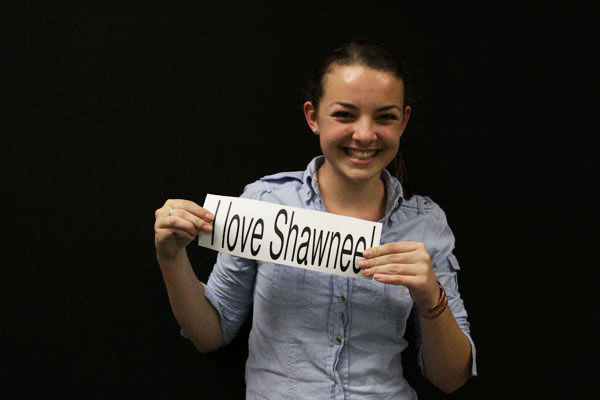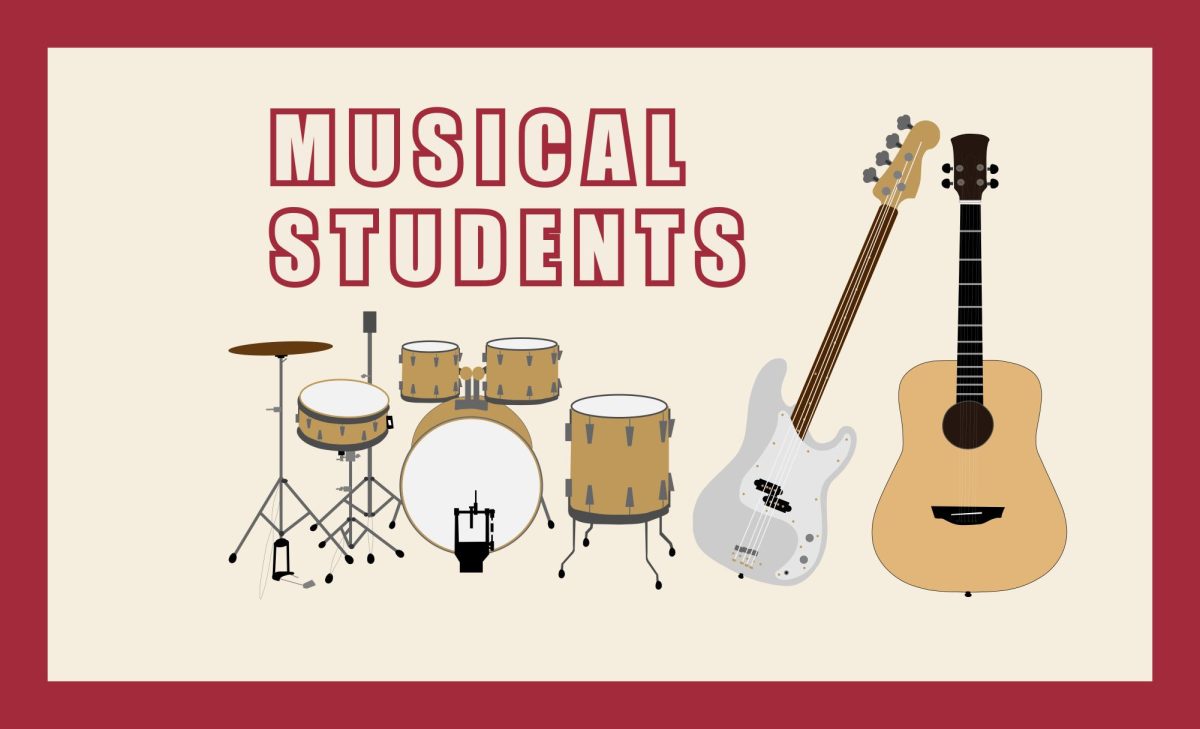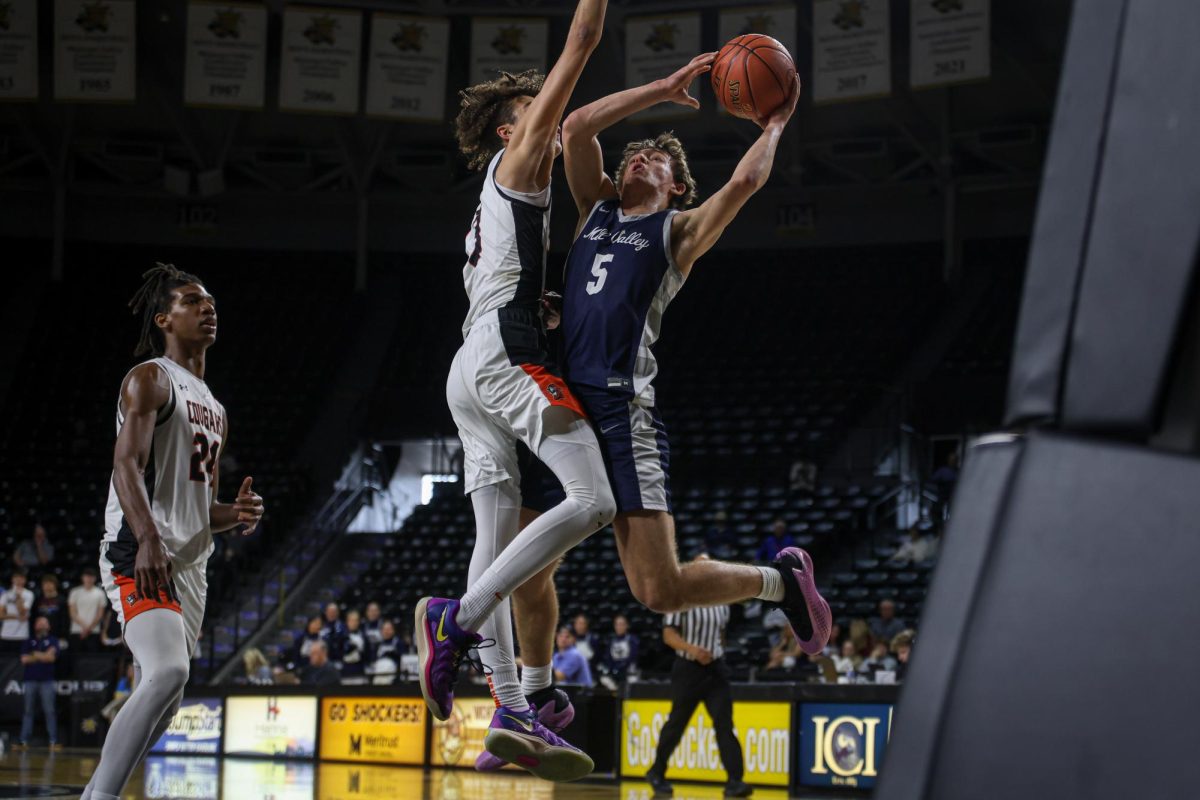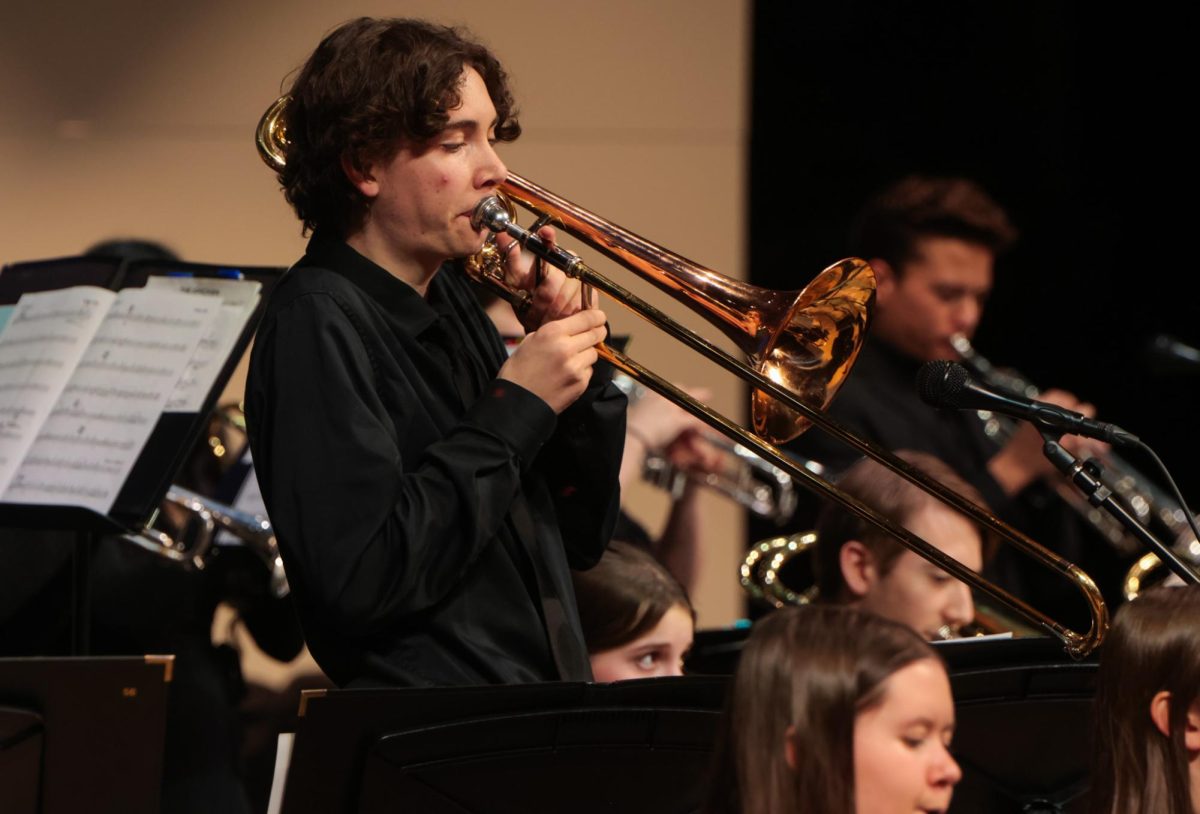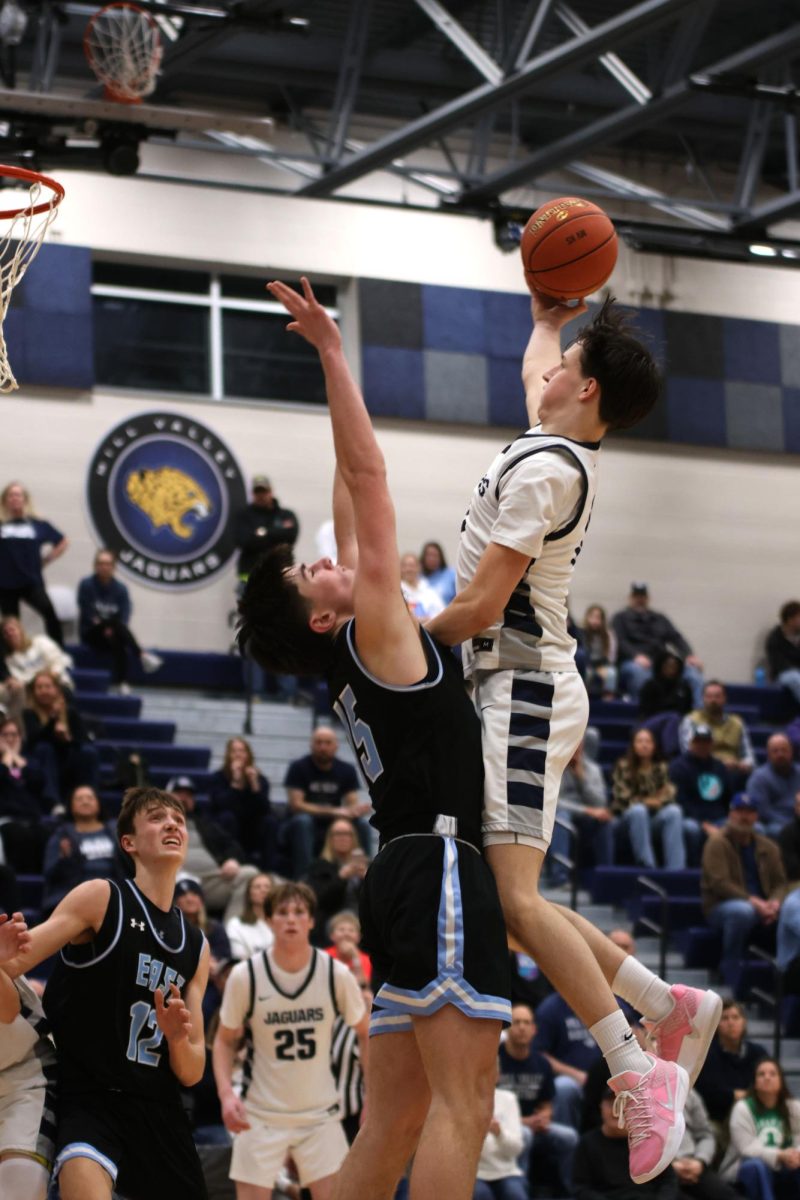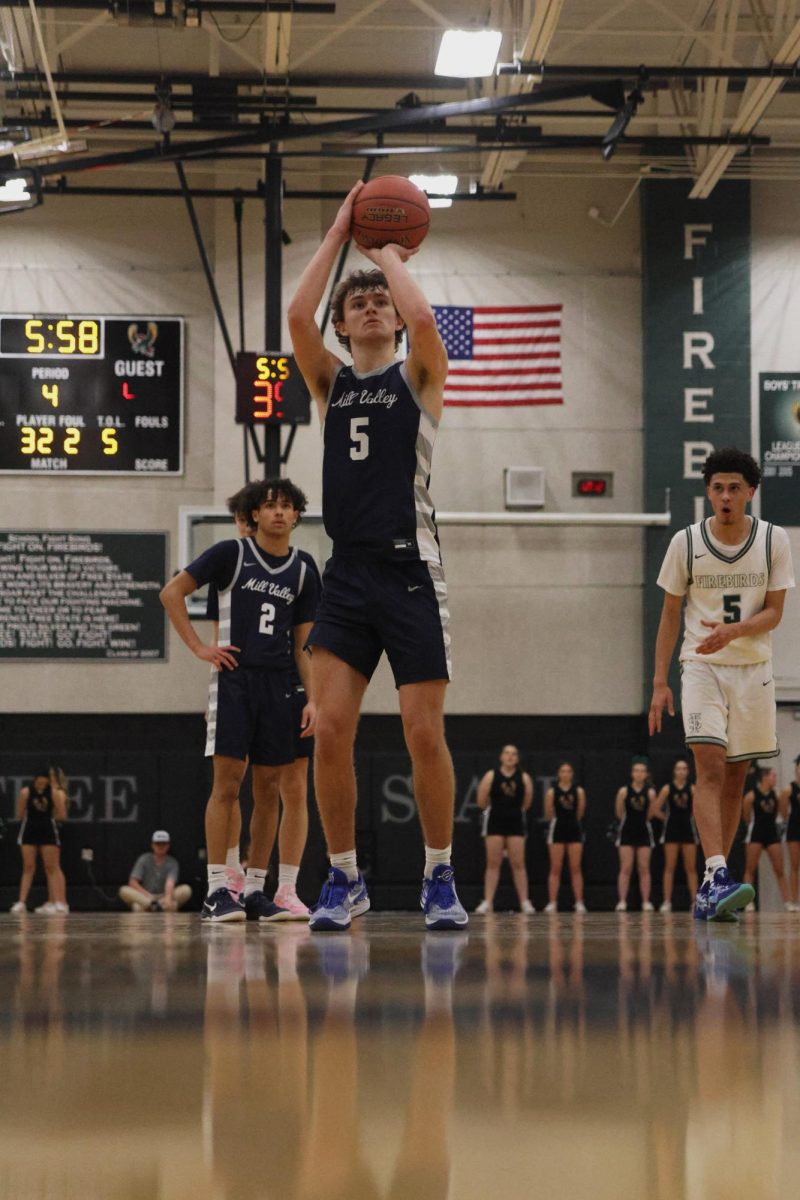Because I will be 18 in time to vote for the city council and mayor election this year, I have taken a particular interest in the election race. This week at City Hall, I spoke with city clerk Keith Campbell about the specifics of the local election process.
One unique difference in this year’s election is the fact that there are three mayor hopefuls running in the election, incumbent Jeff Meyers and challengers Eric Jenkins and John Patrick Segale. The city’s policy requires a primary election in the event that three or more candidates run for election in a position. This primary will be held on Tuesday, Feb. 28 and will determine the final two candidates who will then run for election along with the rest of the city council on Tuesday, April 3. Information about voting registration can be found on the city’s website.
In order to align Shawnee elections with the rest of the county elections, term lengths have also changed slightly in recent years. The mayor and council members up for re-election are finishing a four-year term and the term length after this year’s general election will be three years to tailor city elections to the county.
In my conversation with Campbell, I couldn’t help to notice how much planning goes into setting up even a smaller city election (only 7,860 total votes were cast for all positions in the last general election.) There are locations to pick for polling stations, official political parties to be put on the ballet and final results to be determined. Churches are often most desirable because they have handicap parking, are civic minded and are easily accessible on a Tuesday according to Campbell. Also, have you heard of Americans Elect? The non-partisan political party was added to Kansas ballets this year. The number of political parties on a ballot varies from state to state. In California at one time, Campbell said over 20 political parties were on the ballet. Even determining final votes requires a formal process. While the press reports on the supposed winners of the general elections on Wednesday, April 4, something called the Board of Canvassers will still be finalizing votes for about a week. The city must present results of their election along with provisional ballots (ballots that remain in question for any number of reasons including faulty voter information) and determine, based on laws in place, which of those provisional ballots can actually be counted. Granted, the unofficial winner on election night will typically be the official winner, however, the formal process in determining results is not to be overlooked.
For all of the work and official processes that have been put in place to make elections possible, I can’t help but think how pathetic a total vote count of 7,860 for a city of over 60,000 residents is for a local election. I realize local elections across the country have similar voting turnouts, but the statistic still frustrates me. I will certainly be voting this year and I encourage all of you seniors who are eligible to vote, to do so as well.
Also, to read more about candidates for city council, read this interview with Ward four candidates. More interviews to follow in the upcoming weeks.


